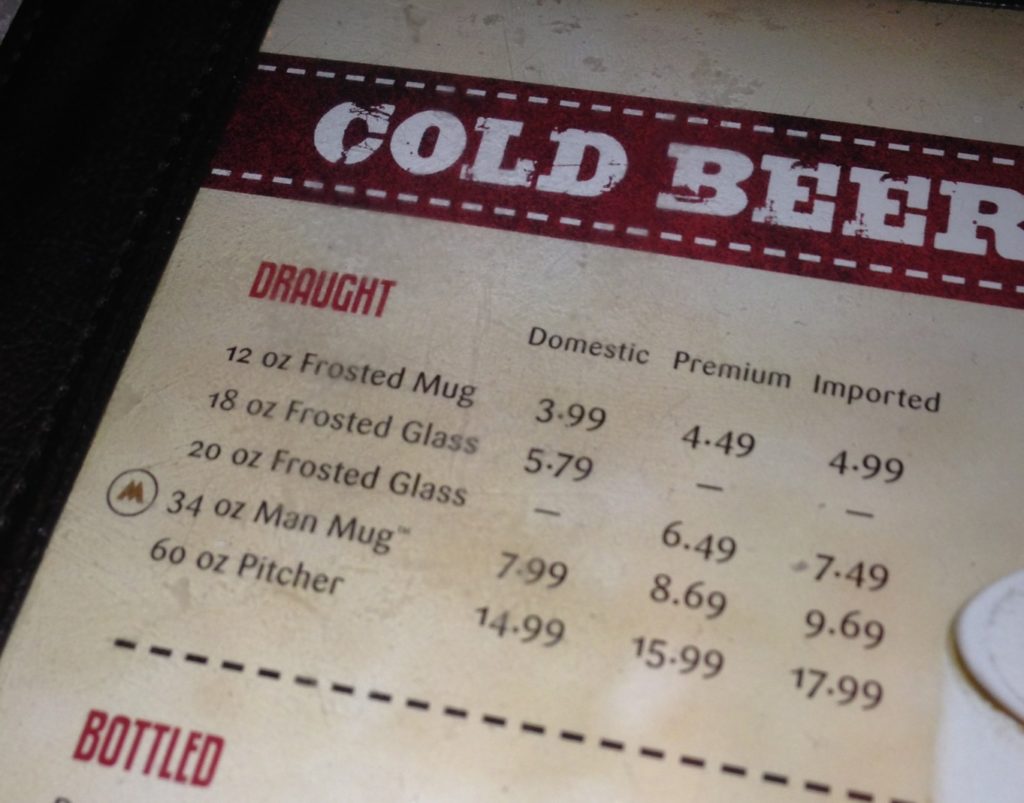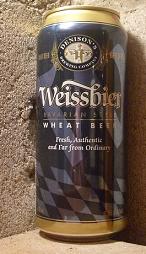More books in the mail today. Books on colonial American economics – trade and agriculture. As Craig pointed out the other day, the last third of the 1600s and the first two thirds of the 1700s is the last bit of the story of Albany ale and associated Hudson Valley brewing that we have been looking at though he has an excellent post on the big picture. Happy, then, was I to find the following passage in 2002’s Merchants & Empire: Trading in Colonial New York by Cathy Matson:
Brewing beer, on the other hand, was a ubiquitous household undertaking and could be expanded to export production with readily available local commodities. Females throughout the countryside were probably taught at an early age how to brew for household consumption, but New York’s demand for publicly sold beer grew steadily as well. The earliest brewing houses were owned by the distillers De Foreest and Van Couvenhoven. Soon, merchant families such as the Beekmans and the Gansevoorts also brewed beer for public sale. But by the 1730s, families that ran taverns or inns owned most breweries, as in the case of Nicholas Matteysen and John Hold. Moreover, since beer was cheaper than distilled spirits, and increasingly identified with the tastes of the “lesser orders,” its production dispersed over time into the various neighbourhoods, where brewer-tavernkeepers also dealt directly with rural producers for hops, barley, and containers.
This description of production is consistent with the 1810-11 Vassar log, sibling to the mid-1830s one, that shows local farmers supplying casks, hops and grain. This makes sense as there was no great technological shift between 1700 and 1800 that should have shifted patterns of production – especially in a region still struggling with the difficult economic aftermath of the Revolution. Unfortunately, wide-spread small scale commonplace activity tends not to get recorded so we get only glimpses as in diaries from 1670 and 1749.
So, I am off to Albany tomorrow for a couple of attempts to find sources on the topic and to talk with Craig. Do they still have card catalogues? Someone must have done a study of the economics of upstate NY’s farmers between the exit of the Dutch empire and the convening of the Sons of Liberty. Surely, there is an economic argument or at least observations being made that describes the British era as not simply the prelude to independence. We’ll see.












